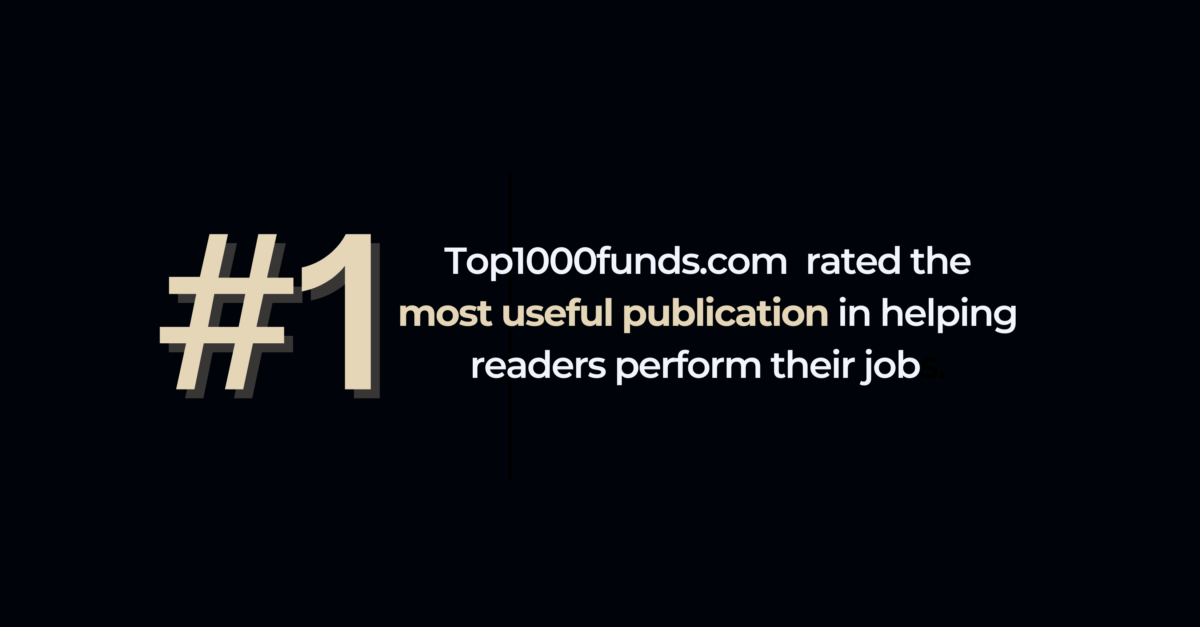Many portfolio managers use multi-factor models, but these are only as good as the various inputs used to construct them.
MSCI looks at how flawed-model construction can result in optimised portfolios that are not efficient.
The paper, Is Your Risk Model Letting Your Optimized Portfolio Down?, reveals that faulty risk models tend to underestimate risk in times of increasing market volatility and to overestimate risk when market volatility is falling.
MSCI finds that this can still occur despite models having both the correct underlying risk factors and an accurate process for estimating risk.
This can occur through sampling errors due to a limited history of returns, and a misalignment that arises from discrepancies between risk and alpha factors.
Portfolio managers’ alphas are often based on asset characteristics that are similar, but not identical to, those used to form risk factors.
A portfolio manager attempting to use an optimising model might tend to emphasise the part of the alpha that is not shared by the risk factors – also known as the residual alpha – because the risk model believes that part has no systematic risk. This might create bets in the portfolio that the manager did not intend to take.
MSCI proposes a number of solutions to these problems.
To read the paper, click here.


